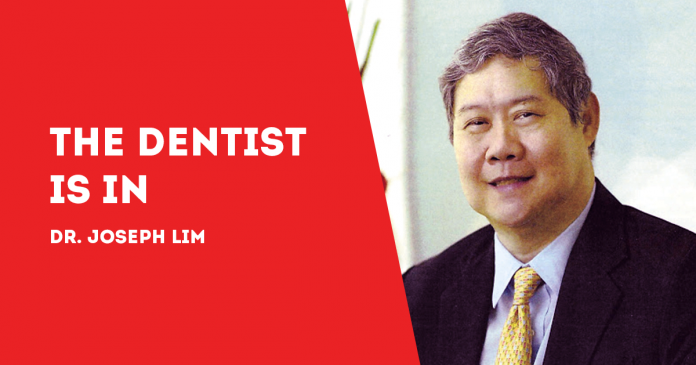
(By Dr. Joseph D. Lim and Dr. Kenneth Lester Lim, BS-MMG, DDM, MSc-OI)
IT’S BEEN 20 years since Dr. Juan M. Flavier started the Doctors to the Barrio program in 1993.
The pioneering initiative of bringing physicians to remote villages is a success.
The Doctors to the Barrio is now a part of the Department of Health program and a policy in bringing health care to the most remote areas without doctors and as an institution that continues to attract idealistic and newly licensed physicians fresh from medical schools.
When it started in 1993, the Doctor to the Barrios (DTTB) program was hopeful that all towns would have a physician inside of 20 years. By 2011, only 18 percent of the DTTB physicians chose to stay in their assigned municipalities after their two-year deployment.
Providing health care in the Philippines is a daunting challenge. Its population of 113,815,695 as of May 31, 2023, is projected by the United Nations to reach 117,337,368 by the end of this year.
The Philippine population is the 13th highest in the world, and seventh among 51 countries in Asia. Filipinos compose 1.41 percent of the global population.
To serve this humanity, there were 854,253 licensed health professionals in the Philippines as of April 2020.
In Philippine public health facilities, the health worker deficits is at least 60,000 doctors, 121,000 nurses, and 109,000 midwives, according to a Philippines health system review published by the World Health Organization (WHO) Regional Office for Southeast Asia.
The doctor-to-population ratios in the Philippines are well below the WHO benchmark of 1.15:1,000 which is essential to achieve the UN’s Sustainable Development Goals.
The WHO recommends a threshold of 44.5 skilled health workers (physicians, nurses, and midwives) per 10,000 as the minimum health workforce density to achieve Universal Health Care (UHC) and the Sustainable Development Goals. The WHO benchmark for nurses and midwives is 30.2 per 10,000 to achieve the same goals.
The truth is, the density of physicians in the Philippines is lower than the global density of 16.4 as well as the average density of 21 for the Western Pacific Region.
In the Philippines, where more than half of the population live in rural and remote areas, the density of doctors situated in primarily urban areas such as in Metro Manila and the Southern Tagalog region are higher compared to some rural and remote provinces in the Visayas and Mindanao. Indeed, many health positions in rural and isolated areas remain vacant.
This inequity of distribution and failure to retain health workers in rural areas reduces the population’s access to much needed health services, resulting in poor health outcomes such as higher infant mortality rates (IMR). In Eastern Visayas, the IMR is 31 per 1,000 live births, while in Western Mindanao it is 32, and 33 in the Autonomous Region of Muslim Mindanao. The figures are higher compared with the national IMR average or 23 per 1,000 live births.
The effects are deeply felt especially where rural areas are particularly inaccessible and difficult to reach.
Access to doctors is essential. This is because higher doctor-to-population ratios means lower maternal, child, and neonatal mortality and lower all-cause morbidity and mortality rates.
What all these portray is that the gap in the provision of health care between cities and remote communities continues and will continue to persist.
Taken in this context, the DTTB program of the Department of Health will continue to be an essential part of the country’s health care system that must provide health care for all Filipinos.
Thus, the DTTB will continue to be relevant, now and in the future.
***
Dr. Joseph D. Lim, Ed. D., is the former Associate Dean of the College of Dentistry, University of the East; former Dean, College of Dentistry, National University; Past President and Honorary Fellow of the Asian Oral Implant Academy; Honorary Fellow of the Japan College of Oral Implantologists; Honorary Life Member of the Thai Association of Dental Implantology; and Founding Chairman of the Philippine College of Oral Implantologists. For questions on dental health, e-mail jdlim2008@gmail.com or text 0917-8591515.
***
Dr. Kenneth Lester Lim, BS-MMG, DDM, MSc-OI, graduated Doctor of Dental Medicine, University of the Philippines, College of Dentistry, Manila, 2011; Bachelor of Science in Marketing Management, De la Salle University, Manila, 2002; and Master of Science (MSc.) in Oral Implantology, Goethe University, Frankfurt, Germany, 2019. He is an Associate Professor; Fellow, International Congress of Oral Implantologists; Member, American Academy of Implant Dentistry and Fellow, Philippine College of Oral Implantologists. For questions on dental health, e-mail limdentalcenter@gmail.com./PN



